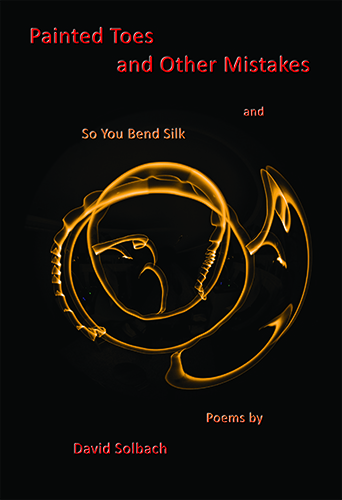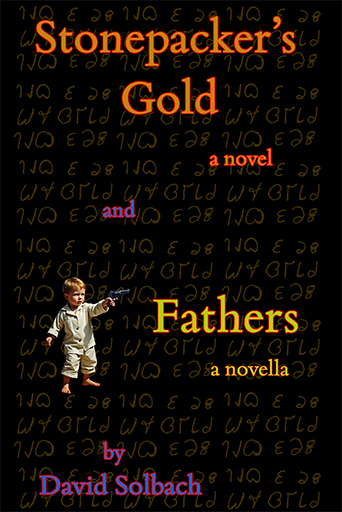David Solbach
words
 |
Propinquity is not all, but it can be critical. For most of my contemporaries life has been short and nasty because they were in the wrong place at what was the right time and place for me. Coming of age in the 1960s, in North America, was not without risk. If you were black or gay or female you were confronted with barriers ranging from glass ceilings to murder. A few blew their brains out with drugs, over fifty thousand were devoured by the Vietnam war. Life was not easy for the handicapped. But for those stuck in Kenya or Bangladesh the world we inherited would have looked like opportunity incarnate. Stumbling into San Francisco in 1965, as I did, was the luckiest choice of my life. Lucky, because I didn’t choose it for the weather, for architecture that screamed for renewal, for “culture.” I chose it because I was socially more comfortable here than anywhere I’d visited. I was wowed by its Victorian charm – it was the only American city that satisfied the exotic imaginings of cities that I’d garnered from film and literature. But I would have stayed even if it had been an ugly urban sprawl like Los Angeles. In addition to arriving at a propitious time I had the good fortune to be white and male in a racist, sexist world.
|
 |
I saw a man on a bicycle fall
|
 |
Stonepacker’s Gold is the story of Willie Urgang’s arrival in Salt Lake City, 1920. Fleeing a bad marriage back home in Kansas, he soon is drawn into a romance and thence into a convoluted struggle to obtain a stack of gold plates. So far as the Church of the Latter Day Saints is concerned, the plates are worth more than their weight, because they are rumored to be inscribed with the testimony of a certain Thomas Stonepacker, a contemporary of Samuel Brannan and Brigham Young. But the Mormon’s department of dirty tricks is foiled by a wily band of Jesuits intent on melting the plates if they affirm Joseph Smith’s revelations, or publishing them if otherwise. Among the historical figures who mix with fictional figures is Rafael Lopez, who disappeared into a mine in 1912 after killing half a dozen deputies. His body was never found, and it is revealed that he escaped the mine. Willie is abducted by Lopez into an underground scheme to defraud all the interested parties, including a gaggle of Masons. A faithful translation of Thomas Stonepacker’s testimonial is included in an epilogue. |